- Good product for the price
- weak
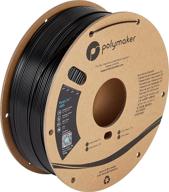
3
·
Very good

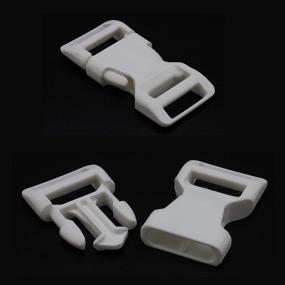
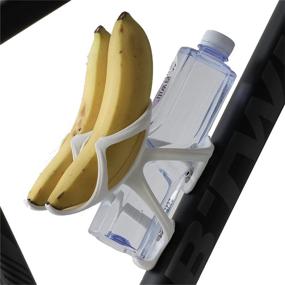

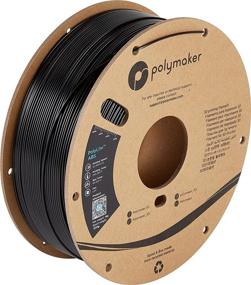

Premium Quality Black HATCHBOX PLA 3D Printer Filament With High Dimensional Accuracy - 1 Kg Spool, 3.00 Mm

37 Review
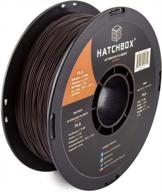
Hatchbox Brown PLA Filament For Precise 3D Printing - 1KG Spool With +/- 0.03Mm Accuracy

22 Review
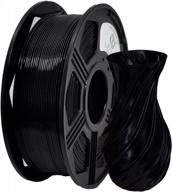
YOYI 3D Printer Filament - PETG 1.75Mm 2.2Lbs(1Kg) Spool, High Accuracy +/- 0.03 Mm, 100% New Raw Material!

32 Review
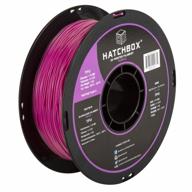
HATCHBOX Purple TPU 3D Printer Filament - High Quality 1Kg Spool With +/- 0.03Mm Dimensional Accuracy And Shore 95A Hardness In 1.75Mm Diameter

22 Review

Premium Quality Black HATCHBOX PLA 3D Printer Filament With High Dimensional Accuracy - 1 Kg Spool, 3.00 Mm

37 Review
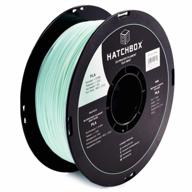
HATCHBOX 1.75 Mm Mint PLA 3D Printer Filament, Dimensional Accuracy +/- 0.03Mm, 1 Kg Spool

35 Review
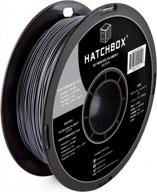
HATCHBOX Silver Performance PLA 3D Printer Filament - Dimensional Accuracy+/- 0.03 Mm For Superior Printing Results

30 Review

YOYI 3D Printer Filament - PETG 1.75Mm 2.2Lbs(1Kg) Spool, High Accuracy +/- 0.03 Mm, 100% New Raw Material!

32 Review
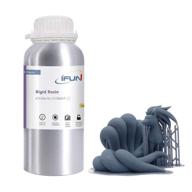
🖨️ IFUN 3D Printing Liquid Resin: High-Quality Innovative Solution

5 Review
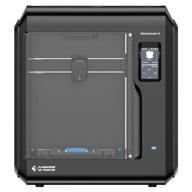
🖨️ FLASHFORGE Adventurer: Enhanced 3D Printer with Removable Extruders and Monitoring Features

4 Review
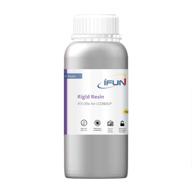
UV Curing Standard Photopolymer Printer by IFUN

5 Review
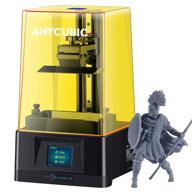
🖨️ ANYCUBIC Assembled Innovation Off Line Printing: Streamline Your Printing Process with Cutting-Edge Technology

5 Review